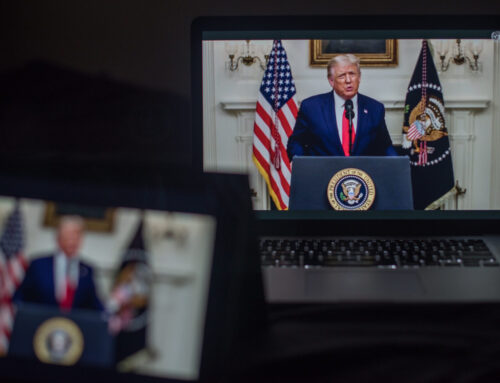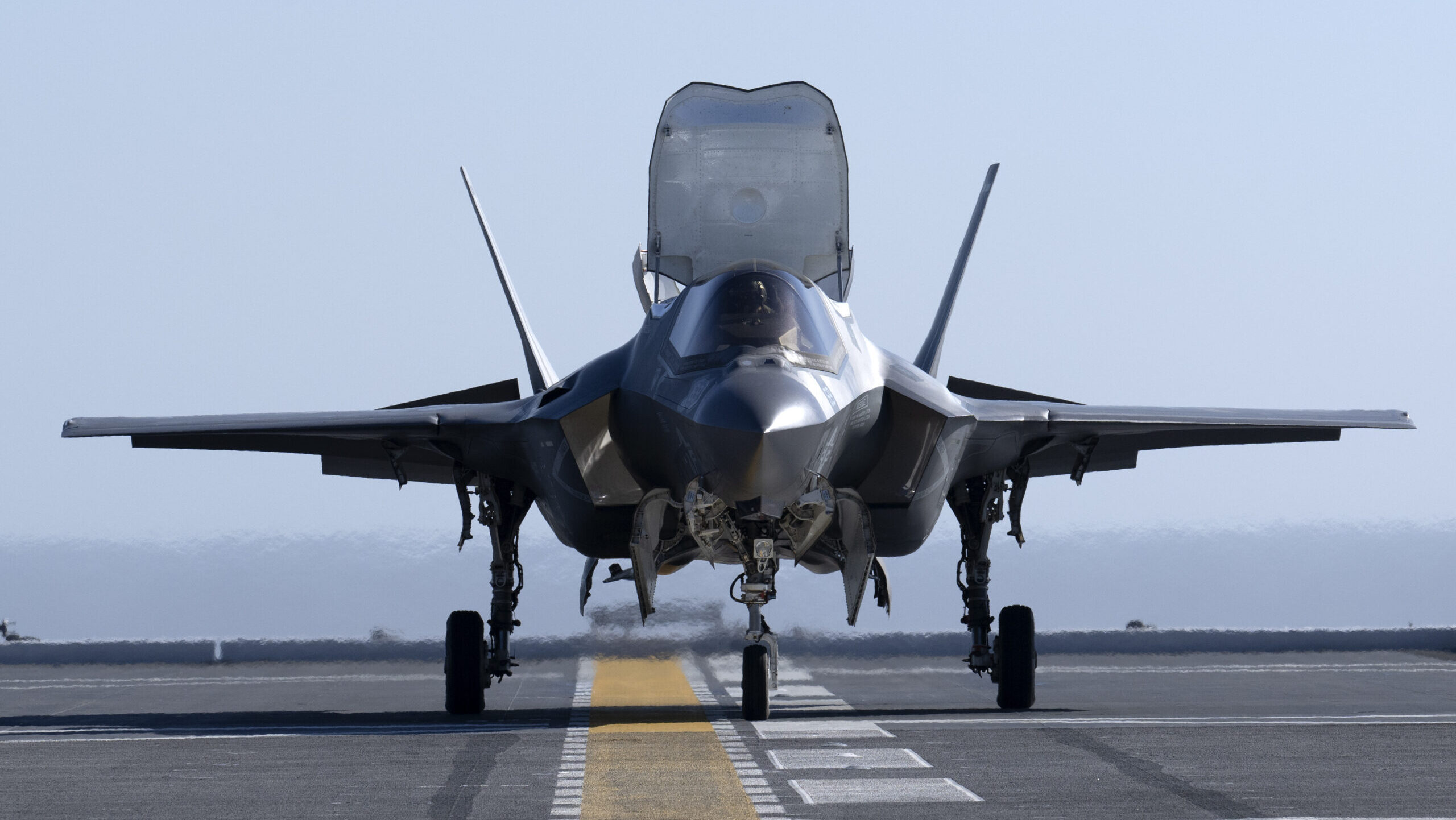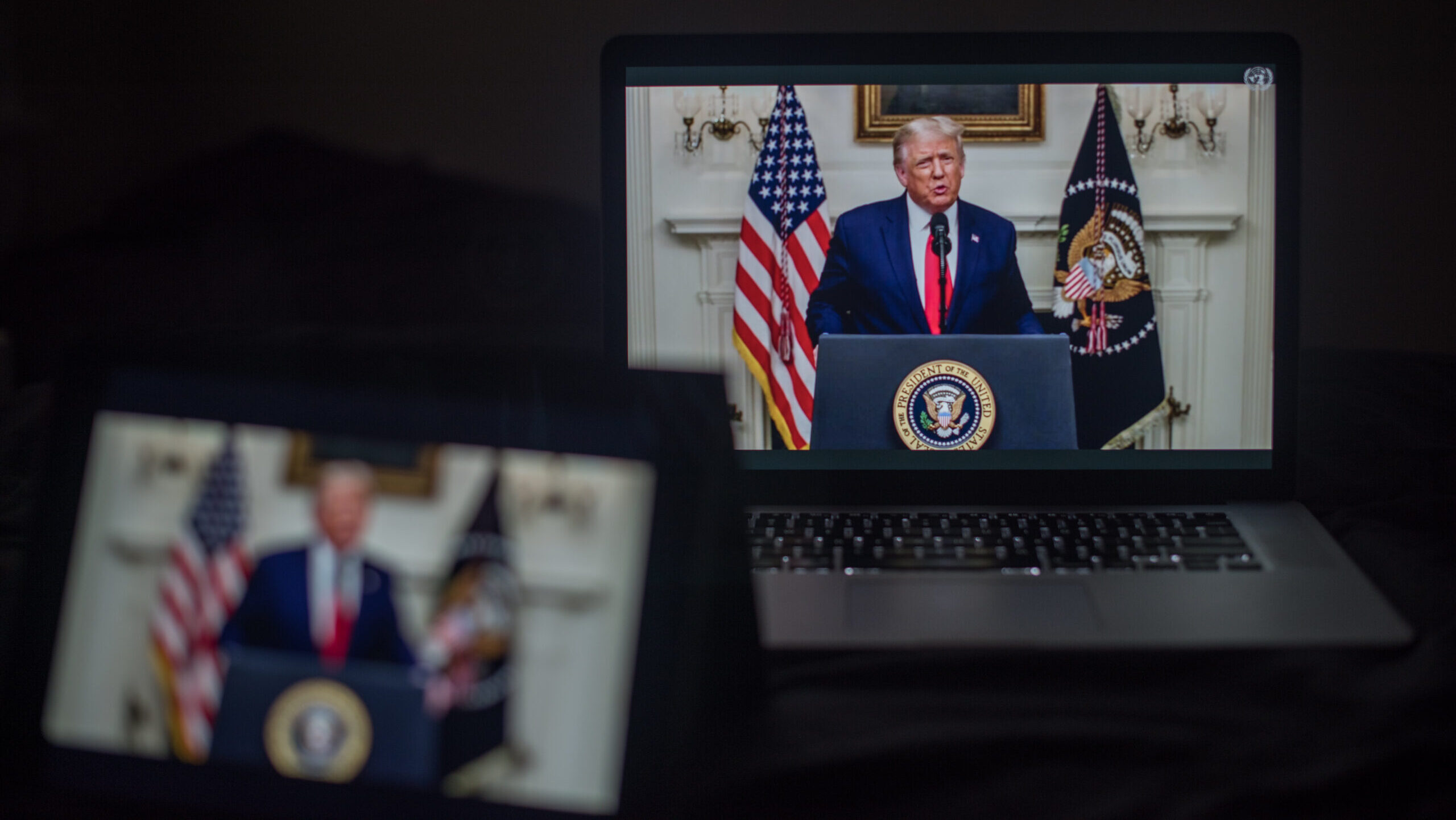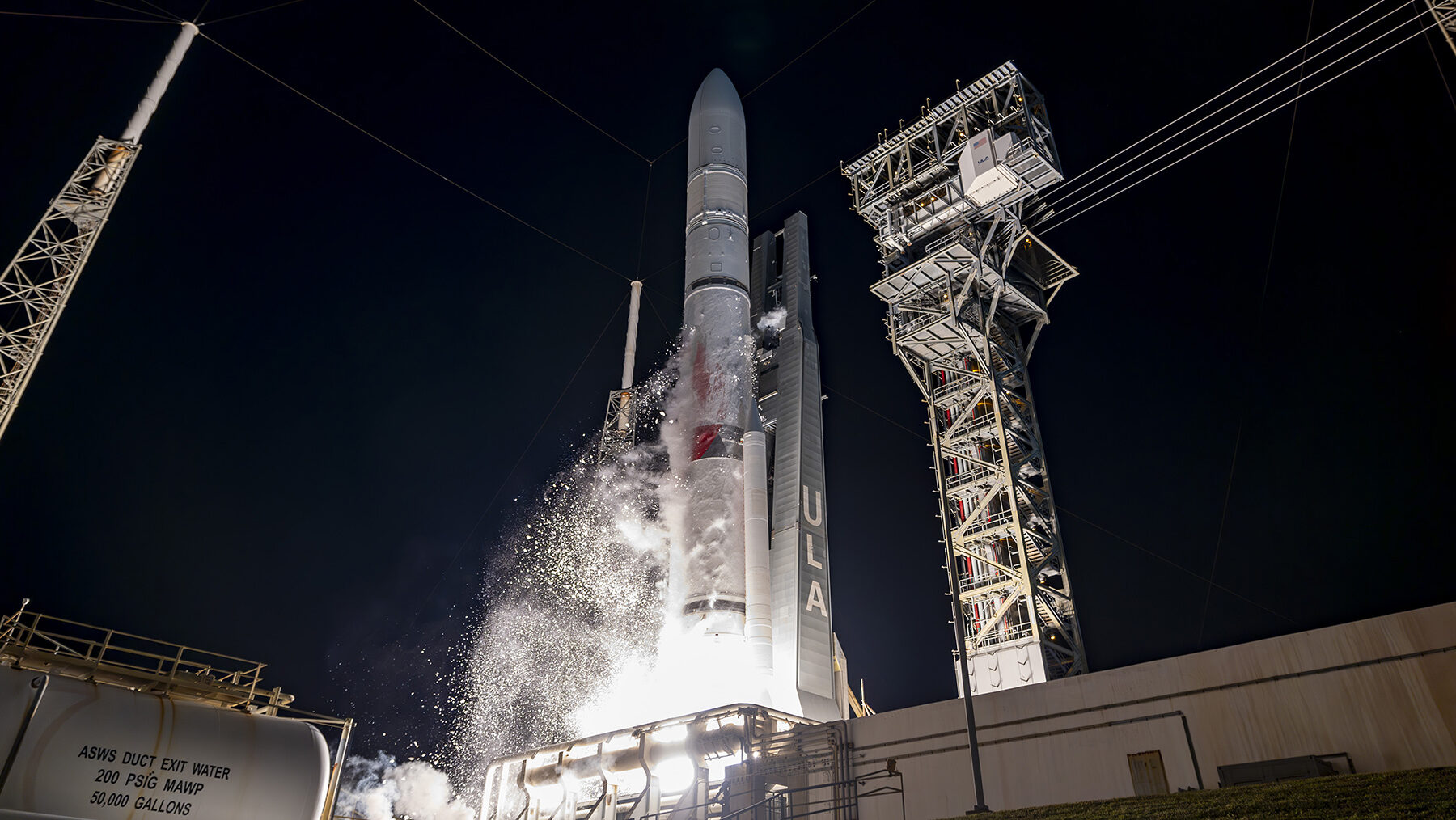Keyboard with China flag key (Getty images)
Across both the Biden and Trump administrations, the US has consistently viewed China as the primary global rival, particularly in the fast-evolving field of artificial intelligence. President Biden’s administration recently underscored this stance with the first-ever National Security Memorandum (NSM) on AI, which set a firm foundation for addressing the AI challenge posed by Beijing.
The memo could prove to be a defining moment in the US strategy to retain global technological dominance, linking AI to national security and the broader competition with China’s geopolitical and technological ambitions. The NSM directs the US government to implement concrete and impactful steps to ensure American leadership in the development of safe, secure, and trustworthy AI. While there are some differences between Biden’s and Trump’s approaches to AI development, the overarching theme of AI as a national security imperative in the geopolitical competition with China remains a point of continuity and commonality.
Rather than unraveling this framework, the Trump administration, upon its return, should consider building upon these elements. Continuity in this strategy would not only strengthen America’s position against China’s AI-driven ambitions but also demonstrate a cohesive and steady approach to technological competition on the global stage.
The memo is part of a broader push to shape the global conversation around AI, aiming to establish norms and regulations that counter Beijing and temper down Brussels. For instance, the United Nations earlier this year passed a US-led resolution on AI, marking a pivotal step in the global push to set standards for the technology. And the document builds on a host of previous directives, including the Executive Order on the Safe, Secure, and Trustworthy AI, Voluntary AI Commitments, AI Bill of Rights, and the CHIPS Act.
For the US, this norm-setting effort is crucial — not only to safeguard its standing as a global leader in AI but also to prevent restrictive policies that could hinder American tech companies’ competitive edge in the sector. The NSM’s focus on global competition with China reflects broader concerns about the balance of power in the current “decisive decade.” China’s AI investments are tied to its “Digital Silk Road” initiative, aimed at establishing control over global technological infrastructure, including AI-powered systems and digital communications networks. The NSM outlines the US objectives in the material side of technological competition: Diversifying chip supply chains and reducing reliance on traditional hubs like Taiwan while building partnerships with countries like India, Indonesia, Mexico, and Vietnam.
A second priority is safeguarding American intellectual property from state-sponsored espionage. These goals have shaped Washington’s approach, as evidenced by the CHIPS and Science Act, which bolstered US semiconductor industries and spurred major progress. At the same time, forging deals like the G42-Microsoft agreement with the UAE, will help protect US intellectual property and foster tech collaboration with key allies.
Acknowledging that technological developments will come largely from outside government, the NSM designates the AI Safety Institute as the primary US government point of contact for industry. The Institute will work with national security agencies and promote international cooperation on AI safety standards. It will also evaluate AI systems for national security and public safety implications and guide developers.
However, the NSM intentionally overlooked the importance of export and capital controls, which are critical to Washington’s strategy of containing China’s technological rise and buying time. The Biden administration’s bet is that by creating a cohesive regulatory framework, it can give itself and its allies a critical head start in technology innovation and large-scale deployment of AI in the military and commercial domain. The key to this effort has been aligning export controls with allies like Japan and the Netherlands, which are nations that command essential technologies in advanced chipmaking. Furthermore, in addition to CFIUS’s restrictions on investment in sensitive American technology, a “reverse CFIUS” mechanism targets investments in semiconductors, quantum computing, and artificial intelligence by restricting certain outbound investments in technology by US persons to China.
Any new administration seeks to differentiate itself from its predecessors, and early signs are that is especially true for the incoming Trump team. But there is actually quite a bit of alignment between this NSM and the goals of the Trump administration, given the agreement that China is the greatest threat to the United States.
In essence, the NSM on AI mirrors the Trump administration’s own Indo-Pacific Strategy, aiming to create a durable, bipartisan approach to managing technology competition with China. With China advancing AI to expand its geopolitical influence, the United States can’t afford fragmentation. Instead, the new Trump administration should build on the NSM as an essential blueprint, one that merits continuation. Embracing this continuity will ensure America, alongside its allies, maintains its edge in the race for technological supremacy in this defining domain.
The AI vision outlined in the NSM reflects Washington’s belief that sustained, coordinated efforts are essential to maintaining a competitive edge in the evolving technological landscape and ensuring US leadership in AI, tilting the technological competition with China in favor of the United States. Rather than viewing it as a relic of a previous administration, the new White House should look to build on this framework.
Mohammed Soliman is the director of the Strategic Technologies and Cyber Security Program at the Middle East Institute, a member of McLarty Associates, and a visiting fellow at Third Way. On X: @ThisIsSoliman











